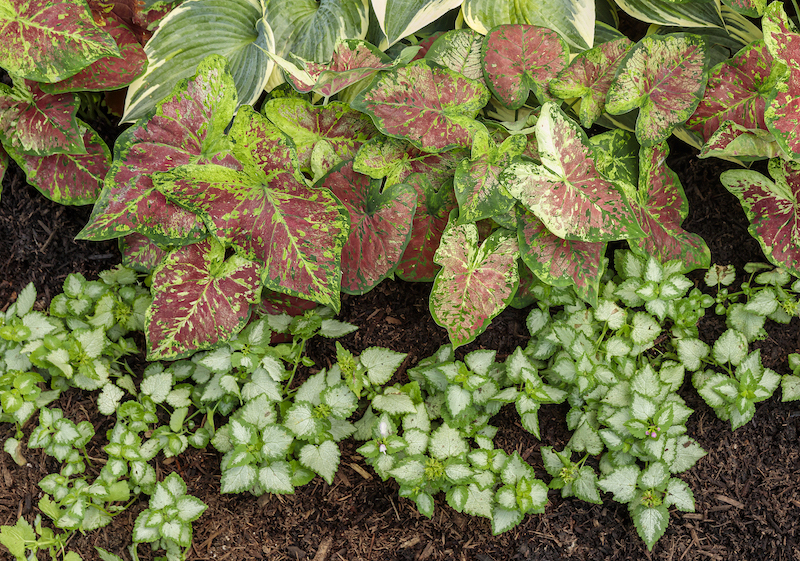Pruning is essential to caring for landscape plants because it keeps the plants looking tidy and may encourage more flowering. Dead Nettle is a perennial that benefits from routine pruning throughout the growing season. Trimming the plant back controls leggy growth and helps the plant thrive. Deadheading Dead Nettle will also encourage the plant to set more flower buds, extending the bloom cycle. Learn when and how to properly trim Dead Nettle to maximize the lovely variegated foliage and delicate flowers.

When to Prune Dead Nettle
Dead Nettle is a fast-growing plant often used as ground cover. This perennial can quickly become leggy or straggly. Midsummer, after the flowers fade, is the best time to trim overgrown stems and remove spent flowers. As the bloom cycle ends, the plant will have a surplus of energy. Removing overgrowth ensures the plant does not put energy into developing seed.
For spotted Dead Nettle, remove any solid green leaves to prevent plants from reverting to green foliage. Plants in low light may lose their variegation. Removing non-variegated leaves will encourage more growth and prevent the plant from losing its stunning foliage coloration.
Why Prune Dead Nettle
Trimming overgrown Dead Nettle will encourage new growth. Stems can become leggy, so cutting them back will redirect energy into new bushier growth, giving the plant a more compact look. Dead Nettle blooms from spring into early summer, and removing spent flowers will also redirect energy into new growth and possibly more blooms. This fast-growing plant can overtake a space, so prune Dead Nettle to help it fit the area.
How to Prune Dead Nettle
Step 1 - Observe the plant looking for solid green leaves without variegation.
Remove leaves without variegation by pinching the stems.
Step 2 - Monitor the plant for faded flowers and leggy stems.
Deadhead the plant and trim back overgrown stems by midsummer.
Step 3 - Remove damaged growth after the first frost.
Dead Nettle is an herbaceous perennial in areas with cold winter weather. All of the growth can be removed after the temperature turns cold in those climates.
Dead Nettle Pruning Tips
- Remove spent flowers and overgrowth by midsummer
- Pinch back solid green foliage to encourage more variegation in spotted Dead Nettle
- Remove all growth after the first frost in cold climates; lamium may stay evergreen in areas with mild winters
 |
Author Alison Cotsonas - Published 05-16-2023 |
